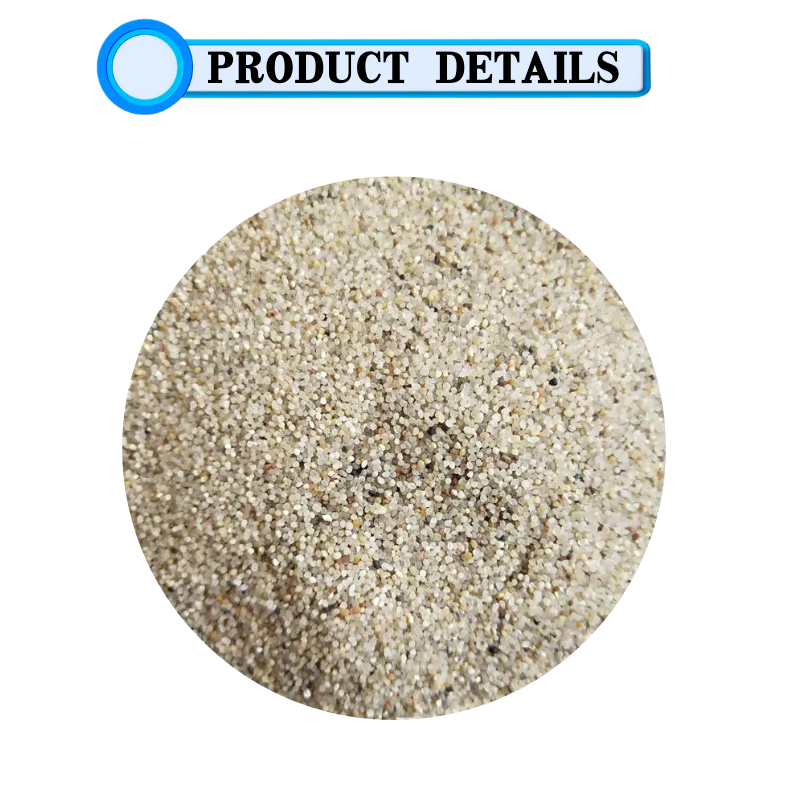
Understanding the Benefits and Applications of Resin Coated Sand in Industrial Processes
What is Resin Coated Sand?
Resin coated sand is a type of foundry sand that has been coated with a thermosetting resin. This product is widely used in the metal casting industry due to its excellent properties that enhance the quality of castings while improving production efficiency. Understanding what resin coated sand is, its benefits, applications, and its manufacturing process is essential for anyone involved in foundry work or metal casting.
Composition and Manufacturing Process
The primary component of resin coated sand is high-grade silica sand. This sand is coated with a mixture of resin, hardener, and, in some cases, additives to improve its performance characteristics. The most common type of resin used is phenolic resin, known for its strong bonding capabilities and resistance to heat. The manufacturing process begins with the selection of pure silica sand, which is then dried to remove moisture.
Once the sand is dry, it is mixed with the resin and hardener. This mixture is then heated to initiate the curing process, during which the resin bonds to the sand grains, forming a durable coating. The result is a product that retains its shape and integrity under the high temperatures encountered during the metal pouring process.
Advantages of Resin Coated Sand
Resin coated sand offers several advantages over traditional green sand molding techniques. One of the key benefits is the improved surface finish of castings. The smooth texture of resin coated sand leads to high-quality castings with minimal surface defects, reducing the need for extensive finishing work. This characteristic is critical in industries where precise tolerances and aesthetic quality are essential.
Another significant advantage is the ability to produce intricate designs and geometries. Due to its excellent compaction properties and low moisture content, resin coated sand can capture fine details, making it ideal for complex casting shapes that might be difficult to achieve with other molding materials.
what is resin coated sand

Furthermore, the thermal stability of resin coated sand allows for increased casting temperatures. This means that it can be used for a wider range of alloys and metals, including those that require higher pouring temperatures, such as aluminum and copper alloys.
Applications
Resin coated sand is widely used in a variety of applications across different industries. It is particularly prevalent in the automotive, aerospace, and general engineering sectors, where precise and high-quality castings are required. The ability to produce intricate patterns also makes it suitable for artistic applications and custom parts manufacturing.
In addition to traditional metal casting, resin coated sand is also utilized in the production of core sand for hollow castings. Cores are used to create internal cavities in castings, and the durability of resin coated sand ensures that they hold their shape during the casting process.
Environmental Considerations
While resin coated sand presents significant benefits, it is important to consider the environmental impact of its production and use. The resins used may release volatile organic compounds (VOCs) during the curing process. Therefore, foundries must implement proper ventilation and filtration systems to minimize emissions and ensure compliance with environmental regulations.
In conclusion, resin coated sand is a vital material in the modern casting industry, offering superior performance, versatility, and the ability to create high-quality castings. Its unique properties make it an indispensable resource for foundries aiming to improve product quality and production efficiency while also navigating the complexities of environmental concerns. As industries continuously push the boundaries of design and technology, resin coated sand will likely remain a crucial player in shaping the future of metal casting.
Share
-
Premium Pigment Supplier Custom Solutions & Bulk OrdersNewsMay.30,2025
-
Top China Slag Fly Ash Manufacturer OEM Factory SolutionsNewsMay.30,2025
-
Natural Lava Rock & Pumice for Landscaping Durable Volcanic SolutionsNewsMay.30,2025
-
Custom Micro Silica Fume Powder Manufacturers High-Purity SolutionsNewsMay.29,2025
-
Custom Mica Powder Pigment Manufacturers Vibrant Colors & Bulk OrdersNewsMay.29,2025
-
Custom Micro Silica Fume Powder Manufacturers Premium QualityNewsMay.29,2025






